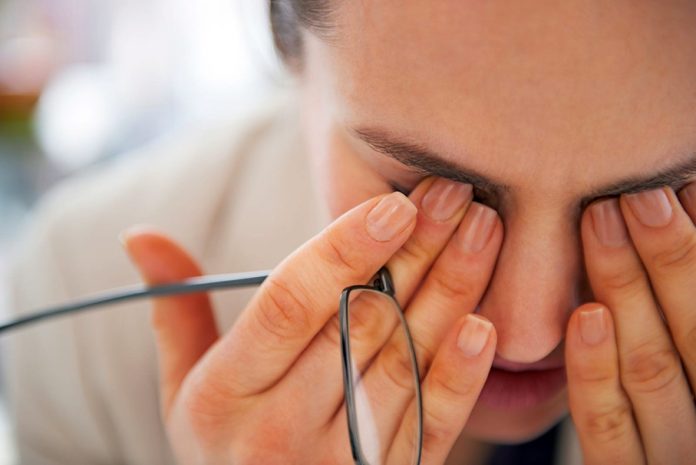Most people have eye problems at one time or another. Some are minor and will go away on their own, or are easy to treat at home. Others need a specialist’s care.
See if any of these common problems sound familiar. And always check with a doctor if your symptoms are really bad or don’t clear up within a few days.
Eyestrain
Anyone who reads for hours, works at a computer, or drives long distances knows about this one. It happens when you overuse your eyes. They get tired and need to rest, just like any other part of your body.
If your eyes feel strained, give them some time off. If they’re still weary after a few days, check with your doctor to make sure it isn’t another problem.
Red Eyes
Your eyes look bloodshot. Why?
Their surface is covered in blood vessels that expand when they’re irritated or infected. That gives your eyes the red look.
Eyestrain can do it, and so can a late night, a lack of sleep, or allergies. If an injury is the cause, get it checked by your doctor.
Red eyes could be a symptom of another eye condition, like conjunctivitis (pinkeye) or sun damage from not wearing shades over the years. If over-the-counter eye drops and rest don’t clear it up, see your doctor.
Night Blindness
Is it hard to see at night, especially while driving? Is it tough to find your way around in dark places, such as movie theaters?
That sounds like night blindness. It’s a symptom, not a problem in its own right. Nearsightedness, cataracts, keratoconus, and a lack of vitamin A all cause a type of night blindness that doctors can fix.
Some people are born with this problem, or it might develop from a degenerative disease involving the retina, and that usually can’t be treated. If you have it, you’ll need to be extra careful in areas of low light.
Lazy Eye
Lazy eye, or amblyopia, happens when one eye doesn’t develop properly. Vision is weaker in that eye, and it tends to move “lazily” around while the other eye stays put. It’s found in infants, children, and adults, and rarely affects both eyes. Treatment needs to be sought immediately for infants and children.
Lifelong vision problems can be avoided if a lazy eye is detected and treated during early childhood. Treatment includes corrective glasses or contact lenses and using a patch or other strategies to make a child use the lazy eye.
Colour blindness
When you can’t see certain colors, or can’t tell the difference between them (usually reds and greens), you may be colorblind. It happens when the color cells in your eye (the doctor will call them cone cells) are absent or don’t work.
When it’s most severe, you can only see in shades of gray, but this is rare. Most people who have it are born with it, but you can get it later in life from certain drugs and diseases. Your doctor can tell you what’s to blame. Men are much more likely to be born with it than women.
Your eye doctor can diagnose it with a simple test. There’s no treatment if you’re born with it, but special contacts and glasses can help some people tell the difference between certain colors.
Dry Eyes
This happens when your eyes can’t make enough good-quality tears. You might feel like something is in your eye or like it’s burning. Rarely, in severe cases, extreme dryness can lead to some loss of vision. Some treatments include:
If your dry eye problem is chronic, you may have dry eye disease. Your doctor could prescribe medicated drops like cyclosporine (Cequa, Restasis), lifitegrast (Xiidra), or Tyrvaya nose spray to stimulate tear production.
Excess Tearing
It has nothing to do with your feelings. You might be sensitive to light, wind, or temperature changes. Try to protect your eyes by shielding them or wearing sunglasses (go for wraparound frames — they block more wind than other types).
Tearing may also signal a more serious problem, like an eye infection or a blocked tear duct. Your eye doctor can treat or correct both of these conditions.
Eyelid Problems
Your eyelids do a lot for you. They protect your eye, spread tears over its surface, and limit the amount of light that can get in.
Pain, itching, tearing, and sensitivity to light are common symptoms of eyelid problems. You might also have blinking spasms or inflamed outer edges near your eyelashes.
Treatment could include proper cleaning, medication, or surgery.
Credit: webmd









